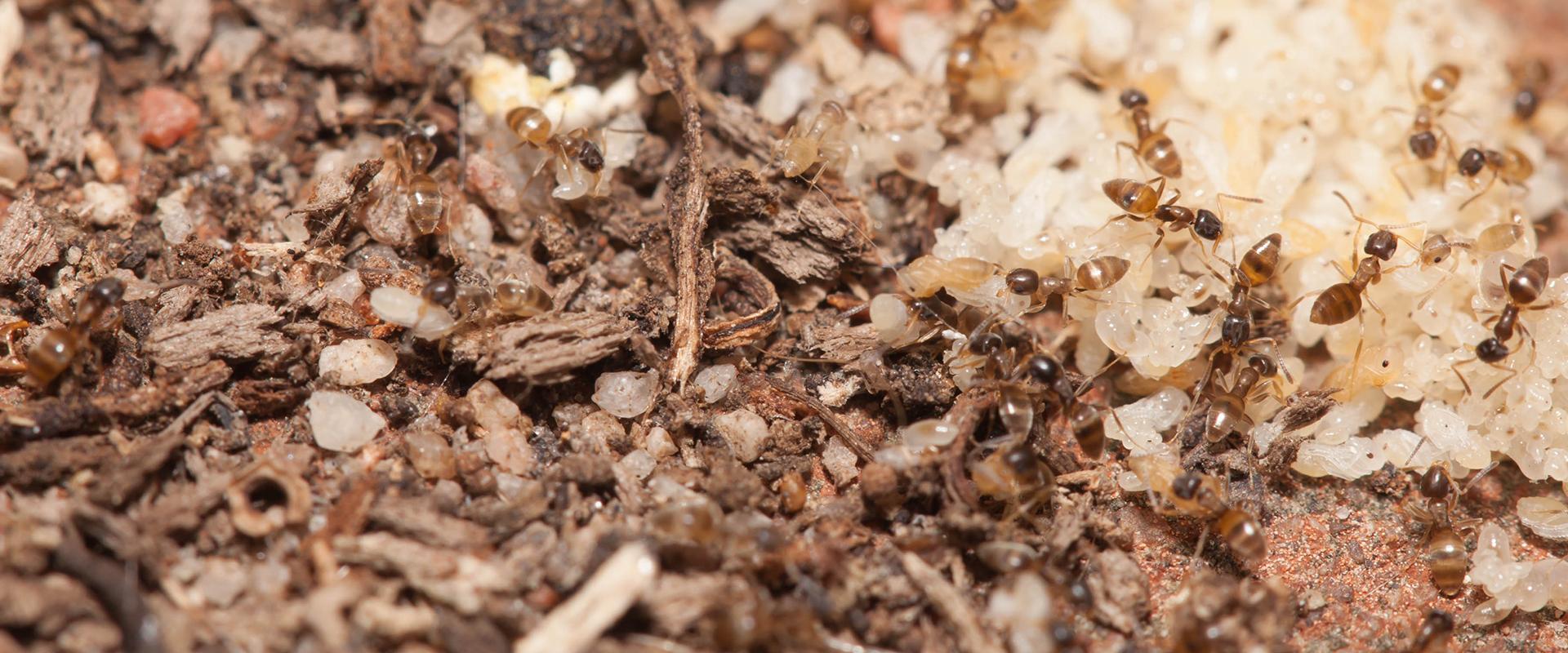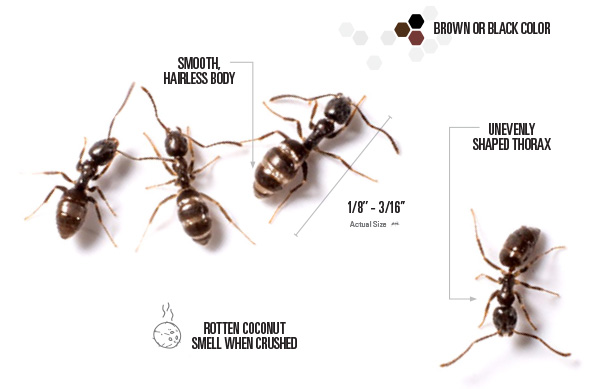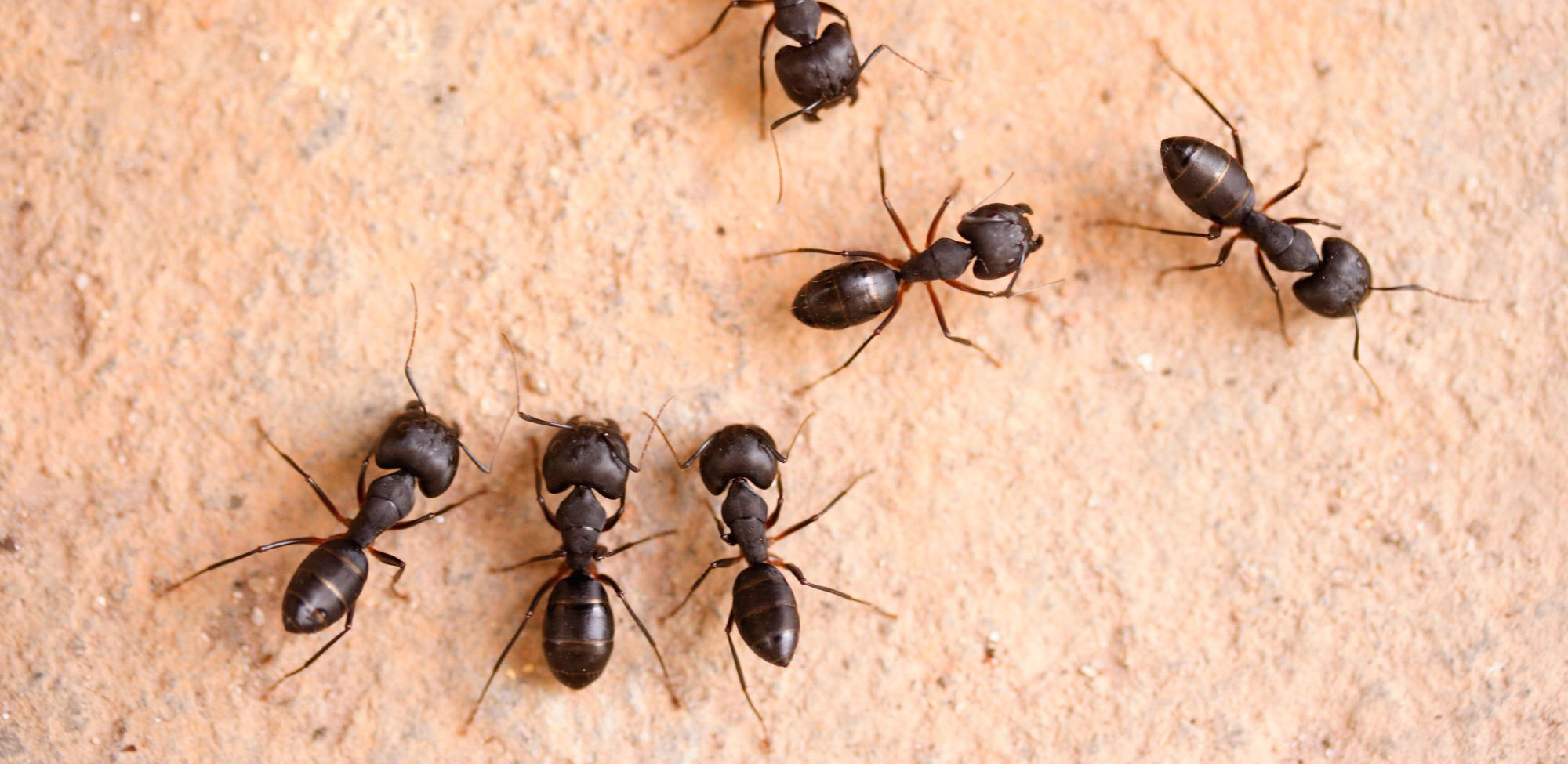Table Of Content

Inject a small amount of spray or puff or sweep a small amount of dust into the nest area. In areas where workers are observed the ready-to-use ant baits can be placed on or along trails, being careful to exclude contact with the bait by children and pets. Be sure to eliminate any standing water in and around your home. Ants can also use tree branches near your roofline to get into your house, so trim trees and branches to make sure they are not touching your home. To prevent the creation of odorous house ant nests, store firewood and other building materials as far away from your home as possible.
Eliminate Pheromone Trails
Ensure firewood and building materials are not stored next to the home because odorous house ants like to build nests in stacks of wood. Argentine ants thrive in urban areas and are attracted to food and water sources. Argentine ants can be a nuisance pest when they enter structures. Some ways to prevent and control Argentine ants include sealing cracks and crevices where they can enter, eliminating food sources, and using baits or pesticide sprays. During warmer months, odorous house ants foraging indoors often come from outdoor nests. Keeping plants and dense mulch away from building foundations can reduce this indoor activity.
Don’t forget to visit our sister sites!
Their bites are considered relatively mild, often described as a slight pinch or stinging feeling. Odorous house ants will nest indoors near sources of moisture and warmth, in voids, but also in termite-damaged wood. Their ability to feed on many types of food brings them into conflict with us when they contaminate stored products in the pantry.
How do I get rid of odorous ants?
An interview with an odorous house ant - Pest Management Professional magazine
An interview with an odorous house ant.
Posted: Mon, 02 Mar 2020 08:00:00 GMT [source]
Also known as sugar ants, these ant types are prevalent in households. Sugar ants are tiny – about 1/8 inches long and are brown and black. They nest in heaters, pipes, and gaps in the walls and can be found in the kitchen looking for sweet crumbs or droplets. These types of ants pose no threat to your property or health but are considered a nuisance when they invade your space.
Treat the Nests
Workers gather honeydew excretions from mealybugs, aphids, scale insects, and plant hoppers, feed on nectar from plants, and consume both living and dead insects. While they are seasonal uninvited guests in our homes, they create a colony with nests outdoors, under stones, logs, stumps and the bark of dead trees. They also nest in bird and mammal nests, plant galls and debris. Argentine ants are counted among the world’s 100 worst animal invaders. Another concern about Argentine ants is their cultivation of aphids to collect the honeydew and other sweet secretions from these and similar insects.
Pest Control
Continue to monitor the area, setting out fresh bait as needed, until ant activity fully subsides. These insects create nests in wall or floor voids when indoors. Odorous ants enter homes in search of food, preferring sweets and meats.
If you suspect ants are coming through your windows, try reinforcing your windows with sealing tape. You may initially see even more ants, but be patient — it may take up to two weeks or longer to achieve control. The annual cost of fire ant damage in the US is in the billions and also includes significant impacts on native wildlife in southern California. Fire ants build nests under pavement and foundations, resulting in breakage and collapse. They also destroy infrastructure, machinery and equipment, and their large nests reduce property values. The tiny, destructive pharaoh ant is considered a serious indoor pest and is notoriously difficult to eradicate completely.
The 14 Smells That Ants Absolutely Hate - MSN
The 14 Smells That Ants Absolutely Hate.
Posted: Tue, 12 Mar 2024 07:00:00 GMT [source]
They thrive and nest in decaying wood and will continue to weaken your home and cause structural damage if left untreated. Unlike termites, carpenter ants do not consume the wood but carve more paths to make more room for their colony. California is home to an astonishing diversity of ant species, from tiny thieves to painful biters. Across backyards, kitchens, and wildlands, these incredible insects display unique behaviors and adaptations.

Inspect your walls for cracks, crevices, or gaps that the ants could use as entry and exit points. Common locations for nests include wall voids, behind baseboards, under sinks, bathtubs, and around electrical outlets. Odorous house ants are highly adaptable creatures that are active throughout the year, especially in Canada. Their natural habitats encompass diverse environments including beaches, bogs, and swamps. However, they are most notable for their tendency to invade properties.
Odorous house ants are known for their adaptability and ability to thrive in diverse environments. Watch the video below for five expert tips on getting ants out of your house—and keeping them out. Of course, keeping your yard in good shape and appealing to ants (as well as for yourself) is easiest with the right gear. Below, we’ve highlighted a top-rated battery lawn mower, string trimmer, and leaf blower.
Love them or hate them, ants are ubiquitous and make their presence known. This article explores seven of the most common ants that call California home, from fascinating native species to troublesome invaders. Learn what makes each tick and how to control them if they march where they’re not wanted. Carpenter ants are much larger than the tiny odorous house ants.
















